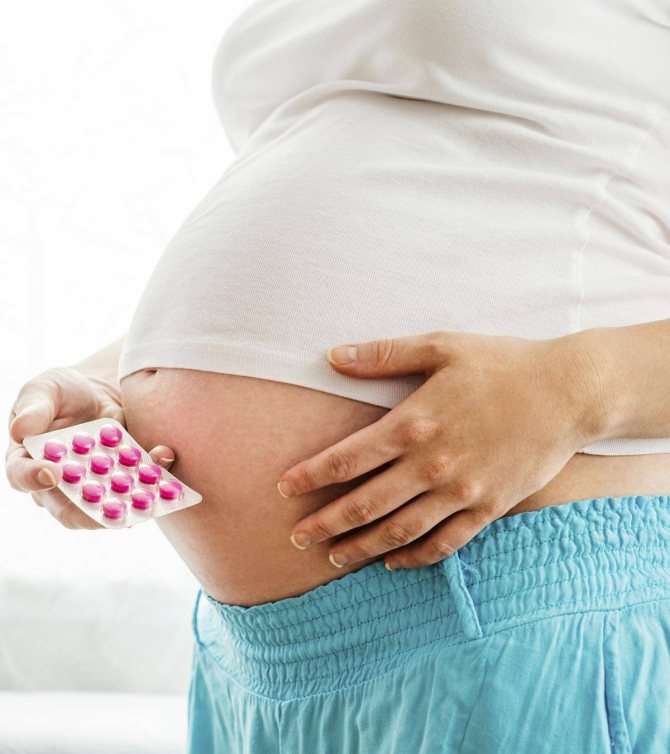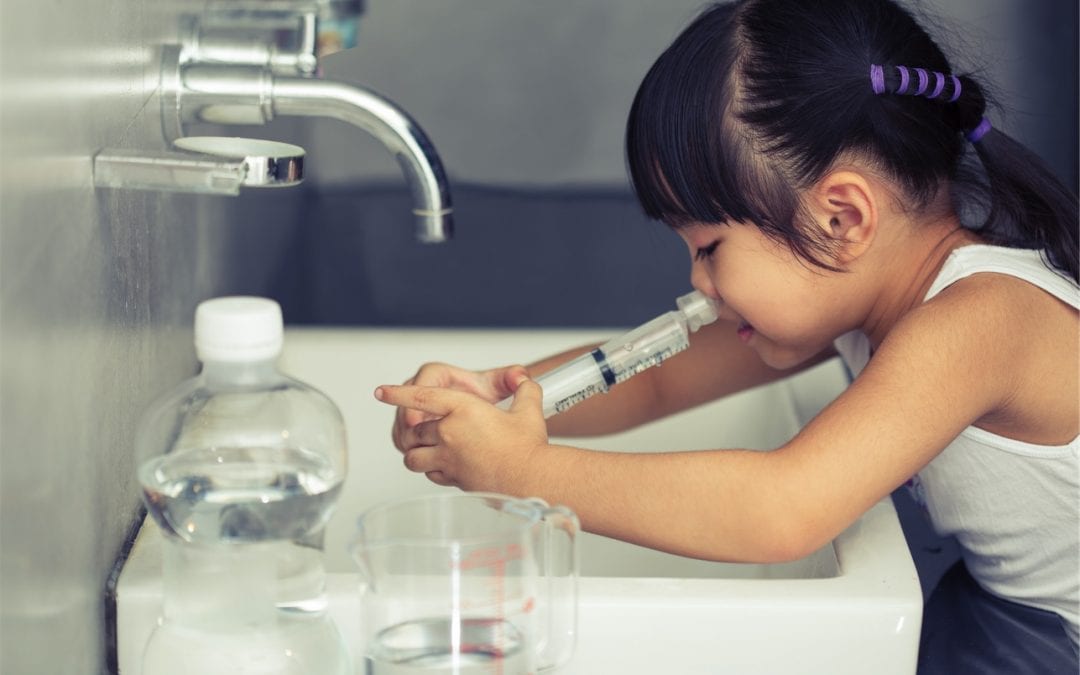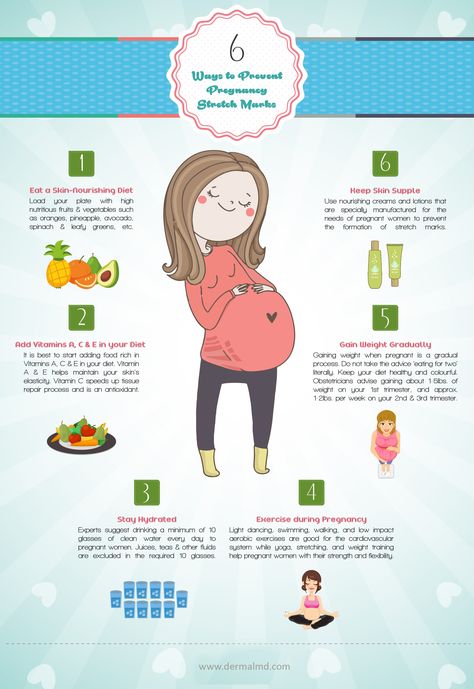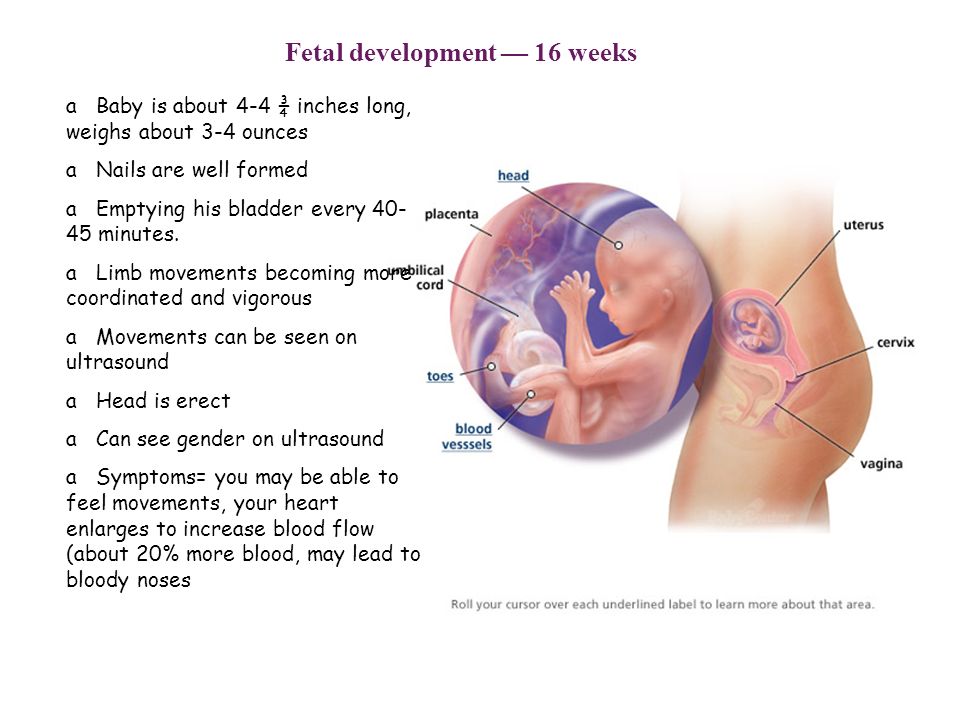How long is each trimester in pregnancy
What Happens During the Trimesters of Pregnancy?
A “normal,” full-term pregnancy is 40 weeks and can range from 37 to 42 weeks. It’s divided into three trimesters. Each trimester lasts between 12 and 14 weeks, or about 3 months.
As you may be experiencing now, each trimester comes with its own specific hormonal and physiological changes.
Being aware of the ways that your growing baby is affecting your body will help you better prepare yourself for these changes as they happen. It’s also helpful to be aware of the specific risk factors (and associated medical tests) for each of the trimesters.
Many times pregnancy anxiety comes from the unknown. The more you know, the better you’ll feel! Let’s learn more about the phases of pregnancy and what you can expect.
Pregnancy date counting starts with the first day of your last normal menstruation cycle and conception takes place in week 2.
The first trimester lasts from the first through the 12th week of pregnancy.
Although you may not look pregnant during the first trimester, your body is going through enormous changes as it accommodates your growing baby.
In the first few weeks following conception, your hormone levels change significantly. Your uterus begins to support the growth of the placenta and the fetus, your body adds to its blood supply to carry oxygen and nutrients to the developing baby, and your heart rate increases.
These changes accompany many early pregnancy symptoms, such as:
- fatigue
- morning sickness
- headaches
- constipation
The first trimester is vital for the development of your baby.
The baby will develop all of its organs by the end of the third month, so this is a crucial time. It’s important to maintain a healthy diet, including adding an adequate amount of folic acid in order to help prevent neural tube defects.
Avoid smoking and drinking alcohol. These habits, and any drug use (including some prescription drugs), have been linked to serious pregnancy complications and birth abnormalities.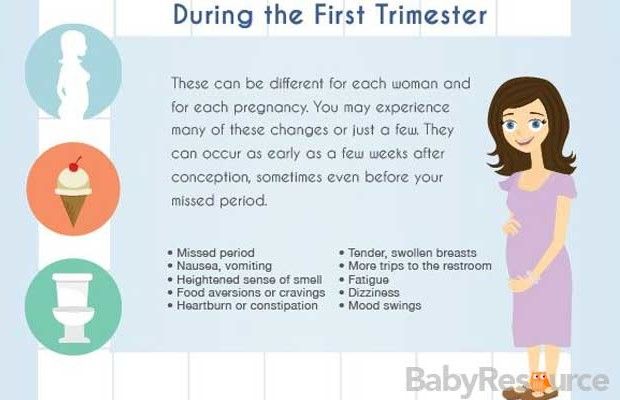
The first test that you’ll take during this trimester will most likely be an at-home pregnancy test that verifies that you’re pregnant.
Your first doctor’s appointment should take place 6 to 8 weeks after your last menstrual period. Your pregnancy will be confirmed by another urine test or a blood test.
A Doppler machine will be used, or an ultrasound will be performed, to ensure that the baby has a heartbeat and to check on the baby’s health. Your doctor may also order a panel of blood work to check your immunity, nutritional levels, and indicators on the health of the baby.
During the first trimester, the risk of miscarriage can be significant. If you’re taking prenatal vitamins and avoiding harmful substances, you’re already doing your baby a huge service and lowering the risk of miscarriage.
Some doctors advocate cutting out caffeine, though The American College of Obstetricians and Gynecologists says moderate consumption (less than 200mg/day) is okay.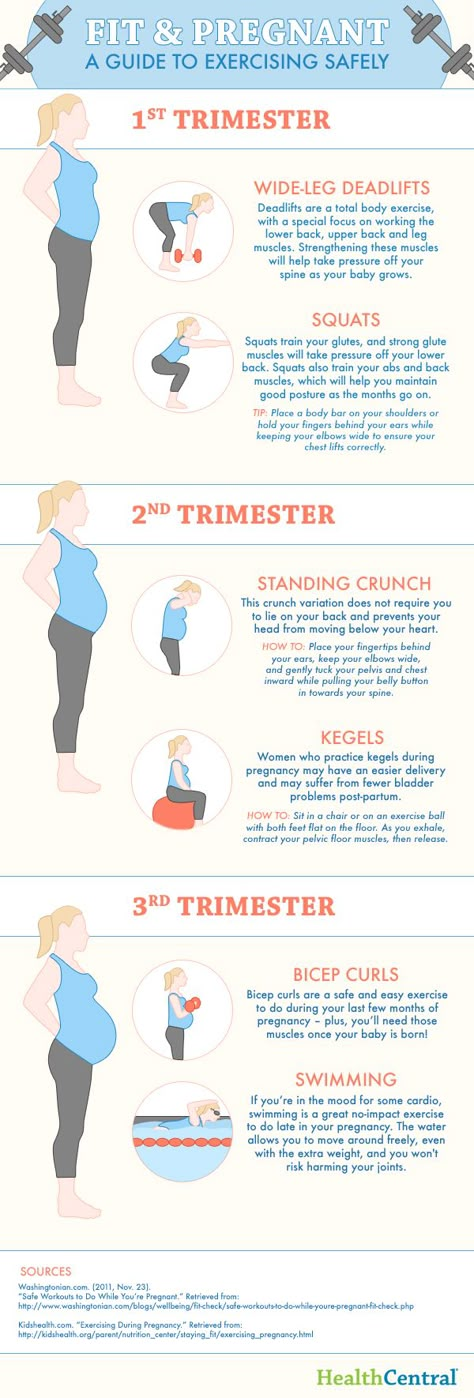 Deli meat and shellfish should be avoided in pregnancy, especially during the first trimester.
Deli meat and shellfish should be avoided in pregnancy, especially during the first trimester.
These dietary changes are believed to help decrease the chances of miscarriage even further and help you stay healthy. Speak to a doctor about specific diet changes that you may need.
The most important thing you can do for your baby is to be engaged in honest and direct communication with your healthcare provider about the choices you’re making, and follow their advice.
The first trimester is a good time to think about pregnancy, childbirth, breastfeeding, and parenting classes, and register for those in your community or online.
The second trimester (weeks 13 to 27) is typically the most comfortable period of time for the majority of pregnant people.
Most of the early pregnancy symptoms will gradually disappear. You’ll likely feel a surge in energy levels during the daytime and be able to enjoy a more restful night’s sleep.
Your abdomen will start to look pregnant, as the uterus will grow rapidly in size. It’s a good time to invest in maternity wear, avoid restrictive clothing, and if you’re feeling up to it, spread the news of your pregnancy to your friends and family.
It’s a good time to invest in maternity wear, avoid restrictive clothing, and if you’re feeling up to it, spread the news of your pregnancy to your friends and family.
While the discomforts of early pregnancy should ease off, there are a few new symptoms to get used to.
Common complaints include leg cramps and heartburn. You might find yourself growing more of an appetite and weight gain will accelerate.
Work on gaining the amount of weight recommended by your doctor. Walk, choose healthy, nutrient-dense foods, and talk to your doctor about weight gain on each visit.
Varicose veins, backaches, and nasal congestion may become apparent.
The second trimester is when most pregnant people can feel their baby move for the first time, usually by 20 weeks. The baby can even hear and recognize your voice during the second trimester.
Some screening tests may be performed in the second trimester. Be sure to talk to your doctor about your medical history, your family history, or genetic issues that could put you or your baby at risk.
An anatomy ultrasound might be performed between weeks 18 and 22. At this scan, parts of the baby’s body will be measured and assessed to make sure that they’re functioning.
These body parts include the:
- heart
- lungs
- kidney
- brain
At the anatomy scan, you may be able to find out the sex of your baby. Let your doctor know if you would like to know or if you wouldn’t.
During the second trimester, doctors tend to test for gestational diabetes. Gestational diabetes can be detected between weeks 26 and 28 of pregnancy.
If you have a family history of diabetes or have risk factors for developing diabetes, you may be tested earlier.
During this test, you’ll be instructed to drink a high-glucose substance. After drinking it, you’ll wait an hour before having your blood drawn. This test will ensure that your body reacts properly to sugar during pregnancy.
The third trimester lasts from the 28th week until the birth of your baby.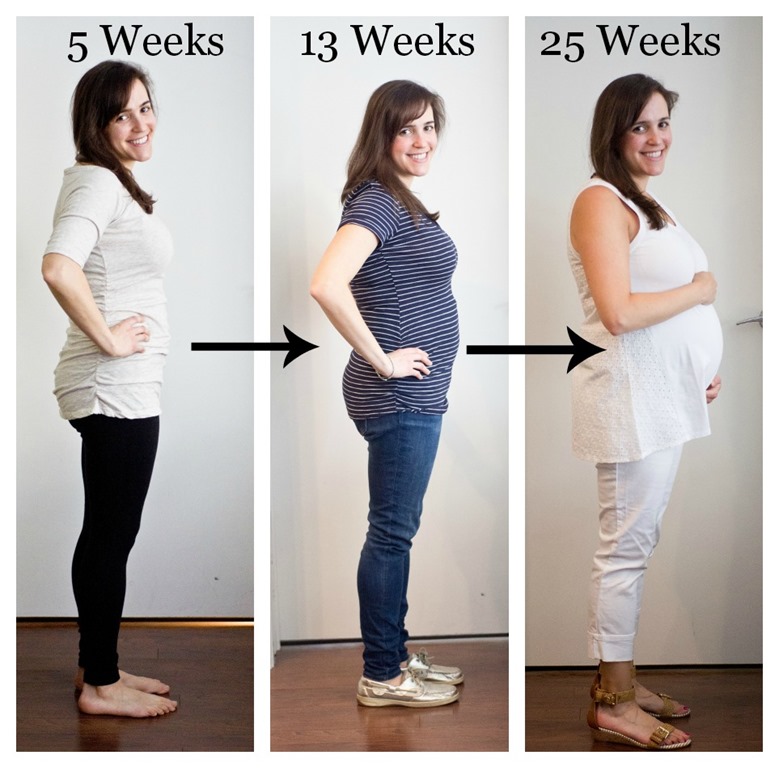 During the third trimester, you’ll start seeing your healthcare provider more frequently.
During the third trimester, you’ll start seeing your healthcare provider more frequently.
Your doctor will regularly:
- test your urine for protein
- check your blood pressure
- listen to the fetal heart rate
- measure your fundal height (the approximate length of your uterus)
- check your hands and legs for any swelling
Your doctor will also determine your baby’s position and check your cervix in order to monitor how your body is preparing for childbirth.
Somewhere between weeks 36 and 37, you’ll be screened for bacteria called group B streptococcus. A simple swab will be taken from your vaginal area before being sent away for lab evaluation.
Group B strep, also called GBS, can pose a serious threat to newborns if it’s passed to them during delivery. If you’re GBS positive, you’ll receive antibiotics in labor to prevent the baby from getting it.
Travel restrictions take effect during the third trimester. It’s advised that you stay in relatively close proximity to your doctor or midwife in case you go into labor early.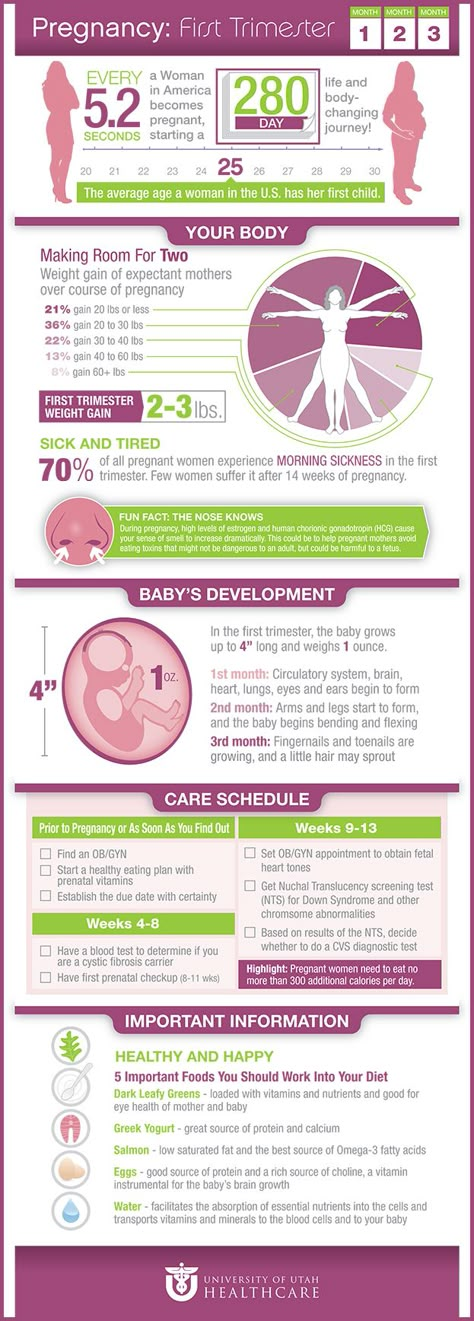
Cruise ships typically will not allow people that are over 28 weeks pregnant to board. Airlines, though they do allow them to fly, advise that you do so only with permission from your healthcare provider.
The third trimester is a good time to educate yourself about labor and delivery.
Take time out to enroll in a childbirth class. Childbirth classes are designed to prepare you and your partner for labor and delivery. It’s a great way to learn about the different stages of labor, delivery options, and gives you the opportunity to ask any questions or voice any concerns to a trained childbirth instructor.
A full-term pregnancy can last anywhere from 37 to 42 weeks.
Your due date is really an estimated date of delivery (EDD). It’s dated from the first day of your last period, even though you actually conceive two weeks or so after this date.
The dating system works well for those who have fairly regular menstrual cycles. However, for those who have irregular periods, the dating system may not work.
If the date of your last menstrual period is uncertain, other methods may be needed to determine the EDD.
The next most accurate method of determining the due date is an ultrasound in the first trimester, because early fetal development is fairly regular across pregnancies.
Pregnancy is a time unlike any other in your life. It’s important to see your healthcare provider regularly to ensure the best outcome.
Babies born to people who receive regular prenatal care have much better outcomes.
By taking your prenatal vitamins, attending every doctor’s appointment, and undergoing all recommended tests, you’re doing everything you can to give your baby a healthy start in life.
What Happens During the Trimesters of Pregnancy?
A “normal,” full-term pregnancy is 40 weeks and can range from 37 to 42 weeks. It’s divided into three trimesters. Each trimester lasts between 12 and 14 weeks, or about 3 months.
As you may be experiencing now, each trimester comes with its own specific hormonal and physiological changes.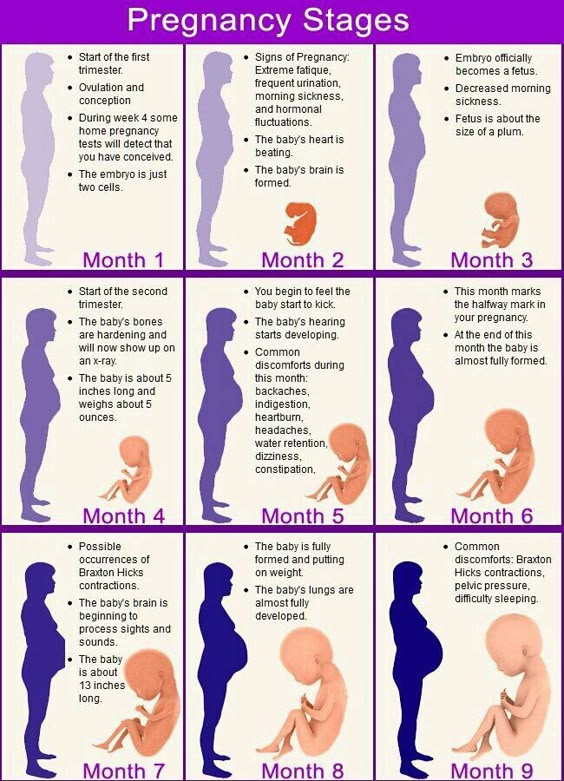
Being aware of the ways that your growing baby is affecting your body will help you better prepare yourself for these changes as they happen. It’s also helpful to be aware of the specific risk factors (and associated medical tests) for each of the trimesters.
Many times pregnancy anxiety comes from the unknown. The more you know, the better you’ll feel! Let’s learn more about the phases of pregnancy and what you can expect.
Pregnancy date counting starts with the first day of your last normal menstruation cycle and conception takes place in week 2.
The first trimester lasts from the first through the 12th week of pregnancy.
Although you may not look pregnant during the first trimester, your body is going through enormous changes as it accommodates your growing baby.
In the first few weeks following conception, your hormone levels change significantly. Your uterus begins to support the growth of the placenta and the fetus, your body adds to its blood supply to carry oxygen and nutrients to the developing baby, and your heart rate increases.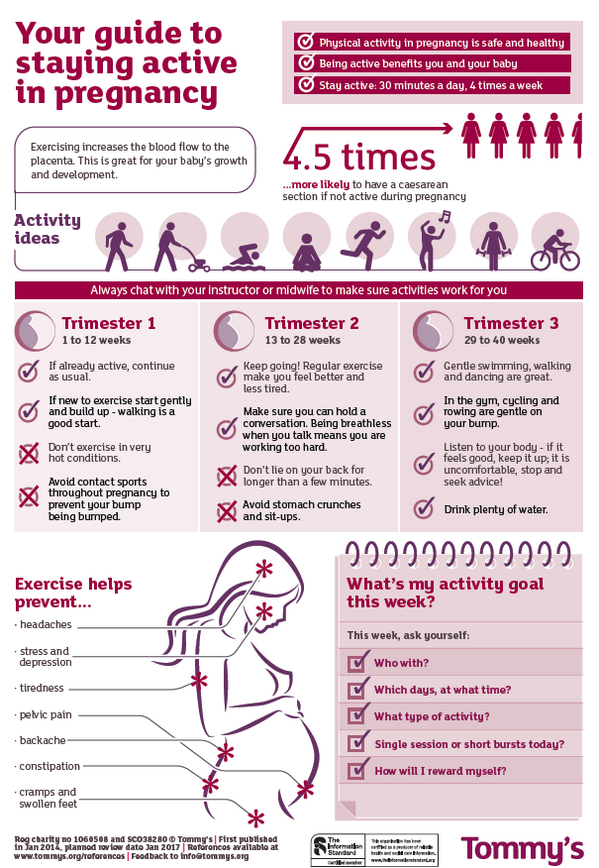
These changes accompany many early pregnancy symptoms, such as:
- fatigue
- morning sickness
- headaches
- constipation
The first trimester is vital for the development of your baby.
The baby will develop all of its organs by the end of the third month, so this is a crucial time. It’s important to maintain a healthy diet, including adding an adequate amount of folic acid in order to help prevent neural tube defects.
Avoid smoking and drinking alcohol. These habits, and any drug use (including some prescription drugs), have been linked to serious pregnancy complications and birth abnormalities.
The first test that you’ll take during this trimester will most likely be an at-home pregnancy test that verifies that you’re pregnant.
Your first doctor’s appointment should take place 6 to 8 weeks after your last menstrual period. Your pregnancy will be confirmed by another urine test or a blood test.
A Doppler machine will be used, or an ultrasound will be performed, to ensure that the baby has a heartbeat and to check on the baby’s health.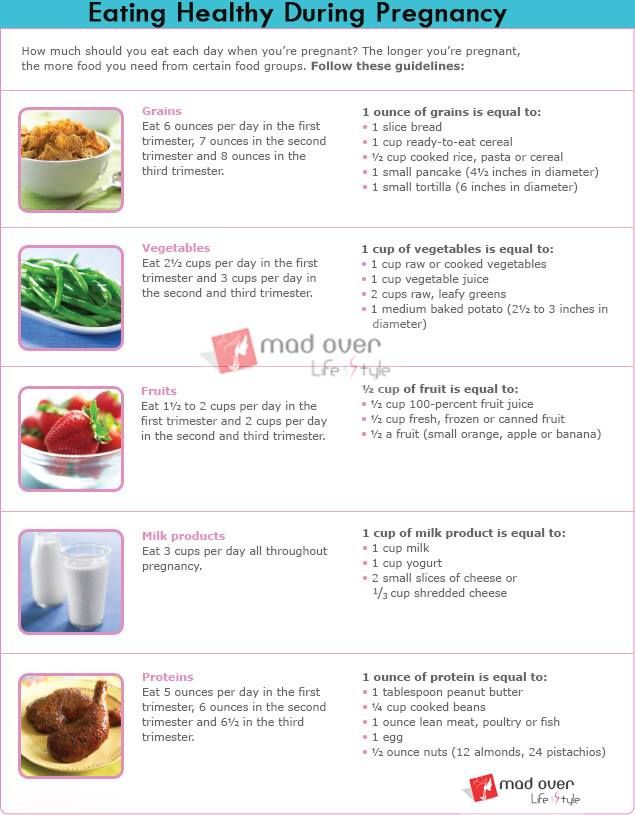 Your doctor may also order a panel of blood work to check your immunity, nutritional levels, and indicators on the health of the baby.
Your doctor may also order a panel of blood work to check your immunity, nutritional levels, and indicators on the health of the baby.
During the first trimester, the risk of miscarriage can be significant. If you’re taking prenatal vitamins and avoiding harmful substances, you’re already doing your baby a huge service and lowering the risk of miscarriage.
Some doctors advocate cutting out caffeine, though The American College of Obstetricians and Gynecologists says moderate consumption (less than 200mg/day) is okay. Deli meat and shellfish should be avoided in pregnancy, especially during the first trimester.
These dietary changes are believed to help decrease the chances of miscarriage even further and help you stay healthy. Speak to a doctor about specific diet changes that you may need.
The most important thing you can do for your baby is to be engaged in honest and direct communication with your healthcare provider about the choices you’re making, and follow their advice.
The first trimester is a good time to think about pregnancy, childbirth, breastfeeding, and parenting classes, and register for those in your community or online.
The second trimester (weeks 13 to 27) is typically the most comfortable period of time for the majority of pregnant people.
Most of the early pregnancy symptoms will gradually disappear. You’ll likely feel a surge in energy levels during the daytime and be able to enjoy a more restful night’s sleep.
Your abdomen will start to look pregnant, as the uterus will grow rapidly in size. It’s a good time to invest in maternity wear, avoid restrictive clothing, and if you’re feeling up to it, spread the news of your pregnancy to your friends and family.
While the discomforts of early pregnancy should ease off, there are a few new symptoms to get used to.
Common complaints include leg cramps and heartburn. You might find yourself growing more of an appetite and weight gain will accelerate.
Work on gaining the amount of weight recommended by your doctor.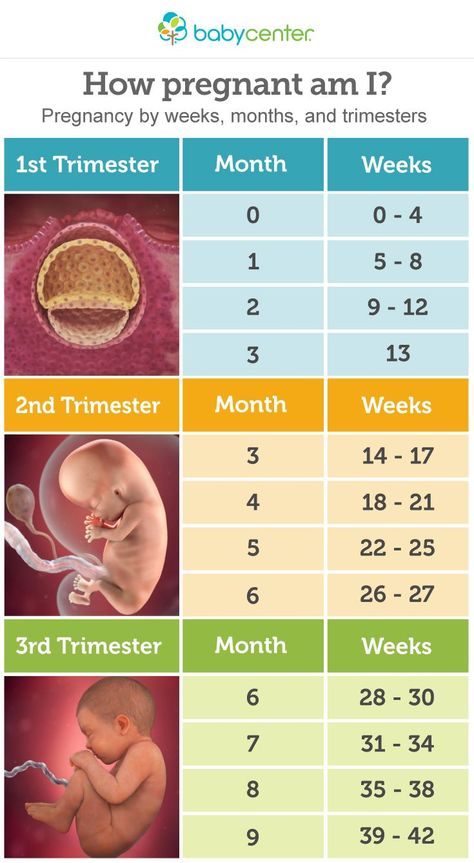 Walk, choose healthy, nutrient-dense foods, and talk to your doctor about weight gain on each visit.
Walk, choose healthy, nutrient-dense foods, and talk to your doctor about weight gain on each visit.
Varicose veins, backaches, and nasal congestion may become apparent.
The second trimester is when most pregnant people can feel their baby move for the first time, usually by 20 weeks. The baby can even hear and recognize your voice during the second trimester.
Some screening tests may be performed in the second trimester. Be sure to talk to your doctor about your medical history, your family history, or genetic issues that could put you or your baby at risk.
An anatomy ultrasound might be performed between weeks 18 and 22. At this scan, parts of the baby’s body will be measured and assessed to make sure that they’re functioning.
These body parts include the:
- heart
- lungs
- kidney
- brain
At the anatomy scan, you may be able to find out the sex of your baby. Let your doctor know if you would like to know or if you wouldn’t.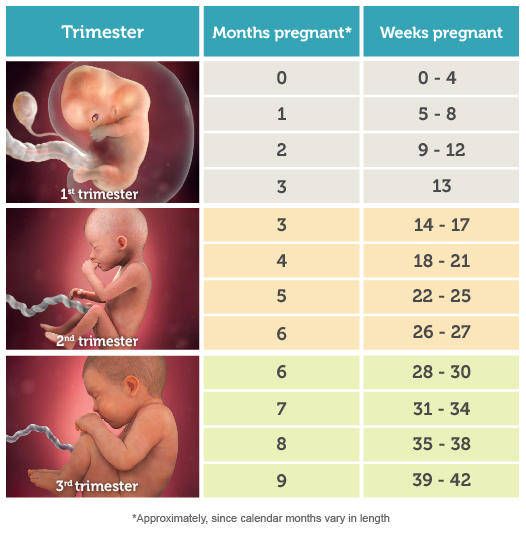
During the second trimester, doctors tend to test for gestational diabetes. Gestational diabetes can be detected between weeks 26 and 28 of pregnancy.
If you have a family history of diabetes or have risk factors for developing diabetes, you may be tested earlier.
During this test, you’ll be instructed to drink a high-glucose substance. After drinking it, you’ll wait an hour before having your blood drawn. This test will ensure that your body reacts properly to sugar during pregnancy.
The third trimester lasts from the 28th week until the birth of your baby. During the third trimester, you’ll start seeing your healthcare provider more frequently.
Your doctor will regularly:
- test your urine for protein
- check your blood pressure
- listen to the fetal heart rate
- measure your fundal height (the approximate length of your uterus)
- check your hands and legs for any swelling
Your doctor will also determine your baby’s position and check your cervix in order to monitor how your body is preparing for childbirth.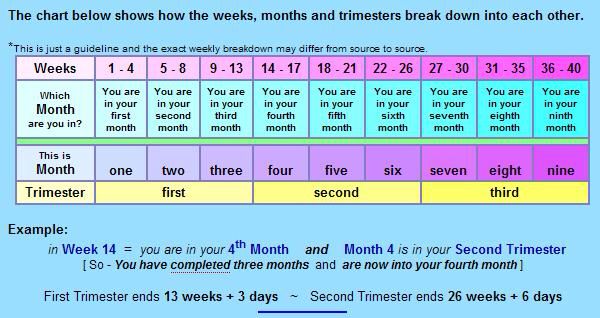
Somewhere between weeks 36 and 37, you’ll be screened for bacteria called group B streptococcus. A simple swab will be taken from your vaginal area before being sent away for lab evaluation.
Group B strep, also called GBS, can pose a serious threat to newborns if it’s passed to them during delivery. If you’re GBS positive, you’ll receive antibiotics in labor to prevent the baby from getting it.
Travel restrictions take effect during the third trimester. It’s advised that you stay in relatively close proximity to your doctor or midwife in case you go into labor early.
Cruise ships typically will not allow people that are over 28 weeks pregnant to board. Airlines, though they do allow them to fly, advise that you do so only with permission from your healthcare provider.
The third trimester is a good time to educate yourself about labor and delivery.
Take time out to enroll in a childbirth class. Childbirth classes are designed to prepare you and your partner for labor and delivery.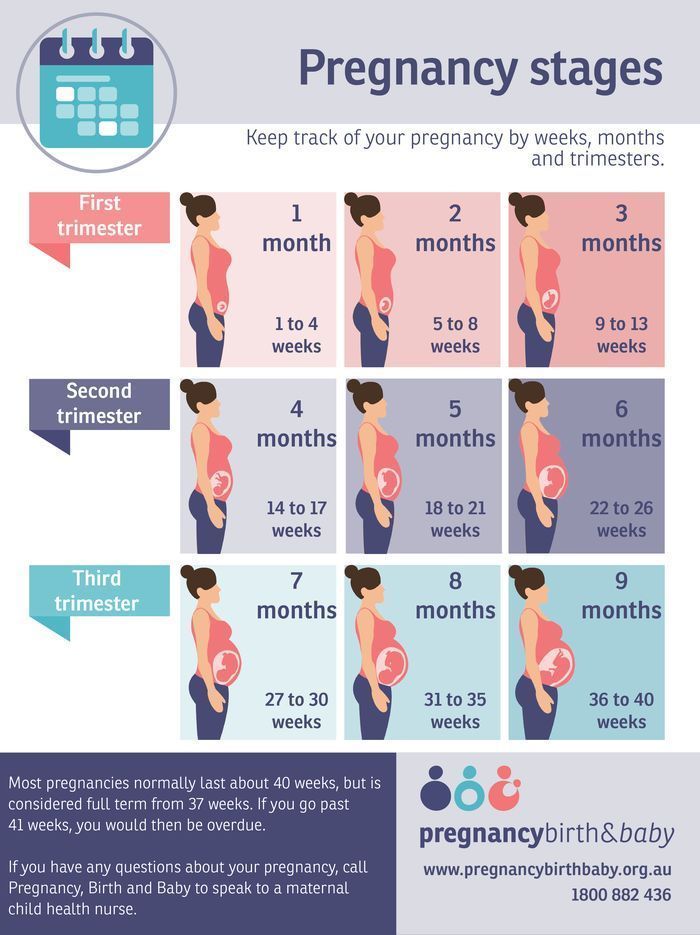 It’s a great way to learn about the different stages of labor, delivery options, and gives you the opportunity to ask any questions or voice any concerns to a trained childbirth instructor.
It’s a great way to learn about the different stages of labor, delivery options, and gives you the opportunity to ask any questions or voice any concerns to a trained childbirth instructor.
A full-term pregnancy can last anywhere from 37 to 42 weeks.
Your due date is really an estimated date of delivery (EDD). It’s dated from the first day of your last period, even though you actually conceive two weeks or so after this date.
The dating system works well for those who have fairly regular menstrual cycles. However, for those who have irregular periods, the dating system may not work.
If the date of your last menstrual period is uncertain, other methods may be needed to determine the EDD.
The next most accurate method of determining the due date is an ultrasound in the first trimester, because early fetal development is fairly regular across pregnancies.
Pregnancy is a time unlike any other in your life. It’s important to see your healthcare provider regularly to ensure the best outcome.
Babies born to people who receive regular prenatal care have much better outcomes.
By taking your prenatal vitamins, attending every doctor’s appointment, and undergoing all recommended tests, you’re doing everything you can to give your baby a healthy start in life.
Women and men of reproductive age | Pregnancy
If a woman's body fertilizes an egg with a sperm, pregnancy occurs. A normal pregnancy lasts about 37-42 weeks (average 40 weeks) and is measured in trimesters from the first day of your last period. The trimesters of pregnancy are a convenient method for observing the changes that occur during the entire period of bearing a baby. The entire period of pregnancy is usually divided into three trimesters, each of which has its own symptoms and signs.
First trimester:
1-12 weeks pregnant
Mother
During the first trimester of pregnancy, a woman's body goes through many changes. Hormonal changes affect the functioning of almost all body systems and provoke symptoms that can be noticed already in the first week of pregnancy.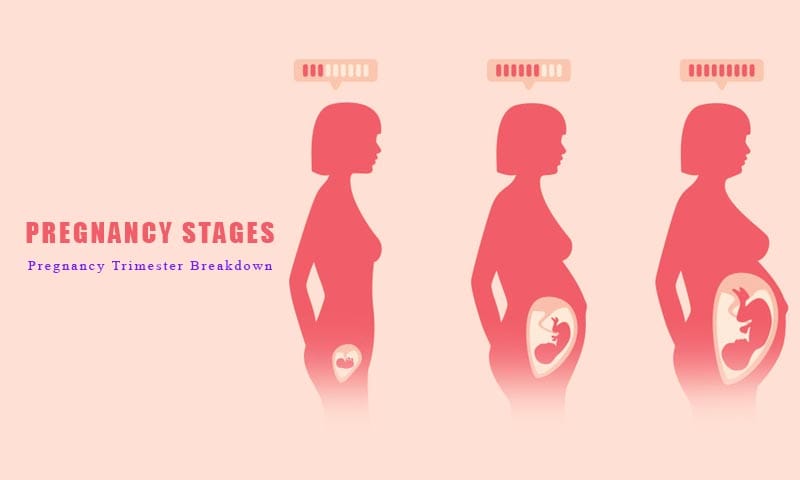 In particular, one of the early symptoms of pregnancy, caused just by hormonal fluctuations, is the absence of menstruation.
In particular, one of the early symptoms of pregnancy, caused just by hormonal fluctuations, is the absence of menstruation.
Changes that can be noticed during the first trimester of pregnancy include:
- Increased fatigue
- Very sensitive, swollen breasts. The nipples and surrounding areolas enlarge and darken.
- Toxicosis of pregnancy (nausea in the morning, sometimes vomiting)
- Change in eating habits (addiction to certain foods)
- Mood swings
- Locks
- Increased urge to urinate
- Headaches
- Heartburn
- Fluctuations in body weight (increase or, conversely, decrease in weight)
With the changes taking place in the body in the first trimester of pregnancy, the expectant mother is usually forced to make changes in the usual daily routine - for example, go to bed earlier or eat less, but more often. Fortunately, most of the uncomfortable early signs of pregnancy disappear over time.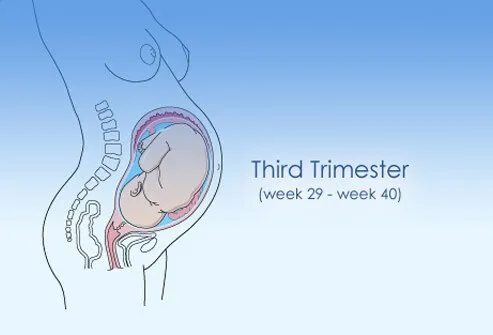 And some women during the first trimester of pregnancy do not experience any unpleasant symptoms at all.
And some women during the first trimester of pregnancy do not experience any unpleasant symptoms at all.
Baby
Your baby will grow and develop rapidly during the first trimester of pregnancy. By the 10th week of pregnancy (8 weeks after fertilization), all parts of the baby's body are already present, and the placenta is fully formed. During this period, the embryo is called a fetus. Nutrients are passed from you to your baby through the placenta. By the 12th week of pregnancy (10 weeks after fertilization), the baby is about 60 mm long. At this stage, his brain and nervous system are actively developing, his eyelids are still closed, his ears are being formed.
1-10 weeks of development:
from embryo to fetus
Second trimester:
13-28 weeks of pregnancy
Mother
Most women find that the second trimester of pregnancy is much easier than the first. In the second trimester, by 16-20 weeks of pregnancy, many ailments, including nausea, usually disappear or decrease in intensity.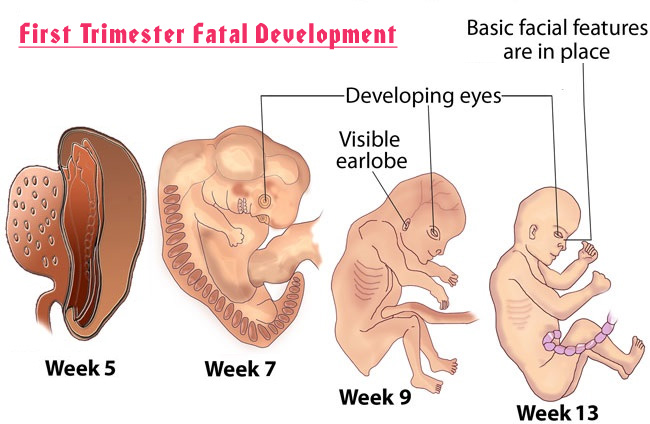 However, pain in the back, hip, or hip joint may occur because pregnancy hormones cause the ligaments and tendons to relax. Posture may change as the child grows and their weight increases.
However, pain in the back, hip, or hip joint may occur because pregnancy hormones cause the ligaments and tendons to relax. Posture may change as the child grows and their weight increases.
The first movements of the baby are felt at 18-20 weeks of pregnancy, but this is individual and can occur a few weeks earlier. The movements of the child become more energetic over time, as he becomes bigger and stronger.
During the second trimester, the following signs of pregnancy may be noticed:
- Aching pain in the back, abdomen, groin or thighs
- Appearance of stretch marks on the skin of the abdomen, chest, thighs, buttocks
- Appearance of a dark line on the skin starting at the navel and ending in the groin
- The appearance of separate areas of dark skin on the cheeks, forehead, nose, above the upper lip (most often such dark spots are located symmetrically). This type of hyperpigmentation of the skin is called melasma (“mask of pregnancy”) and is caused by a change in the level of hormones in the body of a pregnant woman
- Numbness of hands or tingling sensation in hands
- Itching of the abdomen, palms, soles (if itching is accompanied by loss of appetite, nausea, jaundice or increased fatigue, seek immediate medical attention - this may be a sign of serious liver problems)
- Swollen ankles, fingers, face (if swelling of certain parts of the body occurs suddenly and very abruptly or is accompanied by a rapid increase in body weight, you need to see a doctor - this may be a sign of preeclampsia, late toxicosis of pregnant women)
Baby
During the second trimester of pregnancy, the baby's organs become more mature and the skeleton begins to harden.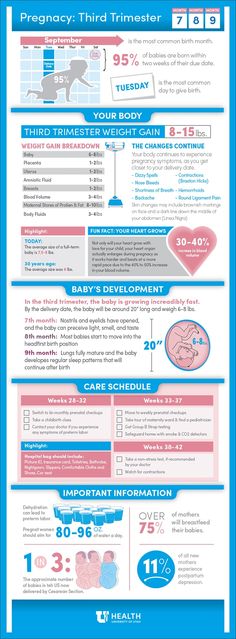 The baby receives nutrients through the amniotic fluid. The kidneys begin to work and pass a small amount of urine. K 19In the 3rd week, the baby is already able to hear and is covered with fine hairs called lanugo.
The baby receives nutrients through the amniotic fluid. The kidneys begin to work and pass a small amount of urine. K 19In the 3rd week, the baby is already able to hear and is covered with fine hairs called lanugo.
An ultrasound scan (ultrasound examination) at this stage can often determine the sex of the baby. By the end of the second trimester, the baby has a chance of survival if it is born prematurely. However, he will need intensive care.
by the 19th week of development it is already possible
to determine the sex of the unborn child
Third trimester:
29-40 weeks of pregnancy
Mom
The third trimester is the final stage of pregnancy, which, however, is accompanied by significant discomfort for many women. In the third trimester, most of the unpleasant symptoms observed during the second trimester of pregnancy are accompanied by increased urge to urinate and difficulty breathing. This is due to the fact that the rapid growth of the fetus causes additional pressure on the organs. After childbirth, such problems disappear on their own.
After childbirth, such problems disappear on their own.
In the third trimester of pregnancy you may notice:
- Shortness of breath, shortness of breath
- Heartburn
- Swelling of ankles, fingers, face
- Hemorrhoids
- Breast tenderness, discharge of watery liquid from the nipples (colostrum - primary breast milk)
- Navel protrusion
- Sleep disorders
False contractions may begin in the second trimester, but they are more likely in the last - third. False contractions can be mistaken for the onset of labor, but you should be aware that real uterine contractions are regular. False contractions last only about 25 seconds.
Baby
During the third trimester of pregnancy, the baby's lungs fully mature and at 32 weeks the baby is much more likely to survive if born prematurely. The child is already breathing even if the lungs are not working properly. The baby grows thin hair and nails, eyes open and close, and teeth may begin to grow.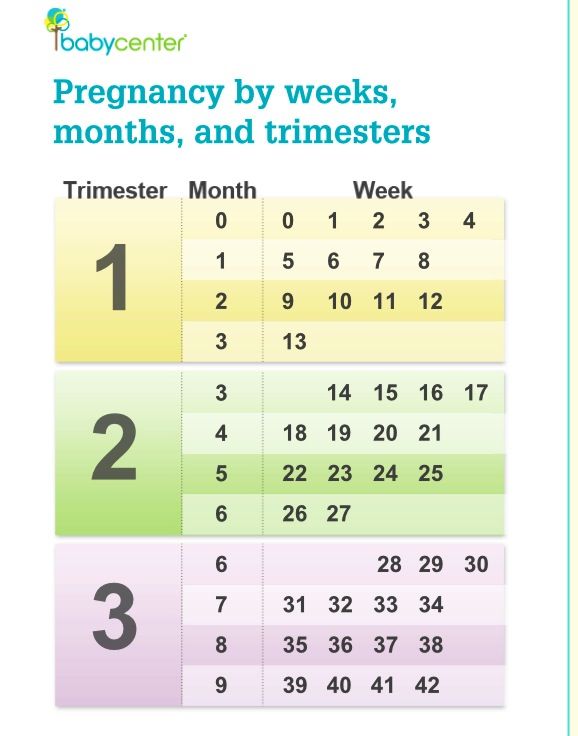
The birth of a new life
I month
II month
III month
IV month
V month
VI month
VII month
VIII month
IX month
9000 9000
9000
- Delayed menses;
- Increased fatigue in the morning;
- Chest changes; heaviness, pain; an increase in size, the nipples and areola around them darken;
- Hypersensitivity to the taste of food and any smells; it is possible that there will be preferences for some products, and disgust for others, familiar earlier;
- More frequent urination;
- Unexplained mood changes, irritability, tearfulness;
- Possible nausea, vomiting in the morning - typical signs of toxicosis of the 1st half of pregnancy.
Medical information
The first visit to the doctor is extremely important. It should be carried out no later than the 12th week of pregnancy, since this period is decisive for the development and health of your child.
Every pregnancy is unique, so medical supervision is necessary, even if you have already experienced pregnancy.
Visiting a doctor is your responsible attitude towards your health and the health of your unborn child.
During the first visit to the doctor:
- Confirmation of pregnancy;
- Filling out a medical record of a pregnant woman, a detailed survey regarding health, previous or existing diseases, etc.;
- Determination of height, body weight and blood pressure, examination of the mammary glands;
- Vaginal examination;
- Review of the abdomen, determining the size of the pelvis and the height of the fundus of the uterus;
- Advice on nutrition, behavior, the opportunity to discuss issues that interest and concern you;
- Referral for laboratory research;
- Referral to specialists: general practitioner, ophthalmologist, dentist, otolaryngologist, ultrasound, etc.
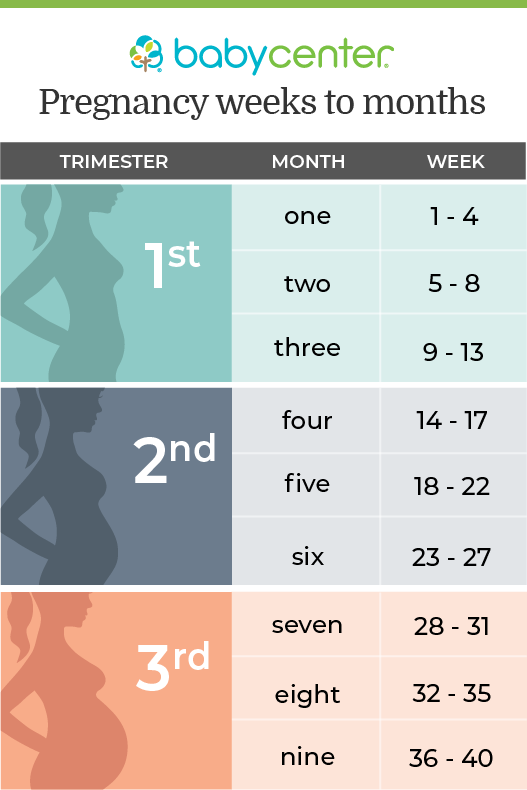
Child development
The egg meets the sperm and fertilization takes place. A cell (zygote) is formed containing a complete genetic set: 23 chromosomes each from the father and mother. At this moment, the sex of the child is already laid (by the way, it is the father's chromosomes).
The cell begins to actively divide and move towards the uterus, where it is implanted somewhere on the 7th day. The formation of the placenta begins, through which nutrients will be transferred from mother to child and waste products will be excreted, the umbilical cord is laid.
The baby is gradually growing: at the end of the 1st month, the baby is already the size of a grain of rice (5-8 mm, 2-3 g). The newly formed heart begins to contract, the rudiments of future eyes, spine, brain, and internal organs appear.
In preparing this section, the materials of the brochure for pregnant women "My Pregnancy Diary", developed by a group of experts of the Ukrainian-Swiss program "Maternal and Child Health", reviewed and recommended for printing by the Ministry of Health of Ukraine, were used.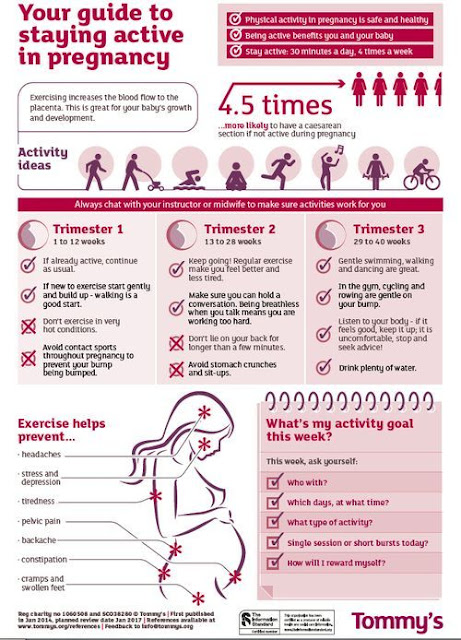
1st trimester of pregnancy: what happens to the fetus
1st trimester of pregnancy: what happens to the fetus - Private maternity hospital Ekaterininskaya Clinics1st trimester: 1st-12th weeks
The gestational age is calculated from the first day of the last menstruation, since it is difficult to determine the exact day of conception. Since conception usually occurs in the middle of the menstrual cycle, you are not actually pregnant during the first two weeks, but this period is counted as the beginning of pregnancy.
As soon as the fertilization of the egg takes place around the 3rd week, the hormones begin to produce changes in your body little by little. As a result, you may experience some of the following symptoms:
- Morning sickness. As a result of rising levels of hormones characteristic of pregnancy, up to 80% of women in the 1st trimester experience morning sickness with symptoms such as nausea and vomiting.
 The idea that such malaise is observed only in the morning is a common misconception. In fact, symptoms can appear at any time of the day or night. Up to 1 in 5 women experience morning sickness in the 2nd trimester of pregnancy and can sometimes persist throughout pregnancy.
The idea that such malaise is observed only in the morning is a common misconception. In fact, symptoms can appear at any time of the day or night. Up to 1 in 5 women experience morning sickness in the 2nd trimester of pregnancy and can sometimes persist throughout pregnancy. If you experience morning sickness, avoid foods that make you sick, eat little and often, avoid fatty and spicy foods, drink more water. If you experience severe symptoms or symptoms that bother you, see your doctor.
- Breast changes. The mammary glands will begin to increase in size, soreness may appear. The nipples will increase in size, become darker and more protruding.
- Fatigue. High levels of the hormone progesterone can make you feel tired and sleepy. Rest as often as possible in a horizontal position with your legs up and eat as well as possible, which is not easy if you are experiencing morning sickness!
- Increased emotionality.
 A higher level of emotionality, manifested as a result of an increase in hormone levels, is a normal phenomenon. Understanding and patience on the part of your partner and loved ones is very important here.
A higher level of emotionality, manifested as a result of an increase in hormone levels, is a normal phenomenon. Understanding and patience on the part of your partner and loved ones is very important here. - Food likes and dislikes. You may find yourself intolerant of one food and addicted to another. This is usually not a problem, unless you feel like eating weird foods like chalk. If you are concerned about the situation, contact your doctor.
- Frequent urination. As your fluid levels increase and your uterus puts pressure on your bladder, you will become more likely to go to the toilet. Go to the toilet as soon as you feel the need - this minimizes the pressure on the bladder.
- Feeling of dizziness. Sometimes you may feel a little dizzy (this is due to hormonal changes). Try not to stay on your feet for a long time and slowly rise from a sitting or lying position. If you experience severe dizziness, contact your doctor immediately.

- Heartburn and constipation. Your digestive system will slow down to give you more time to digest your food. This can lead to heartburn and constipation. To help manage heartburn, try to eat small meals at regular intervals and avoid fried or spicy foods and carbonated drinks. Constipation is helped by eating a diet rich in fiber, maintaining physical activity and drinking plenty of water.
1st trimester milestones
- Approximately 7 days after fertilization, the embryo implants in the uterine wall. The placenta, umbilical cord and amniotic sac will begin to form to provide nourishment and protection to the embryo.
- By the end of the first 12 weeks of pregnancy, the uterus is palpable through the wall of the abdomen, the abdomen will begin to grow.
Child development in the 1st trimester of pregnancy
By the end of the 1st trimester:
- All the main organs of the baby are formed, the circulatory system works.



